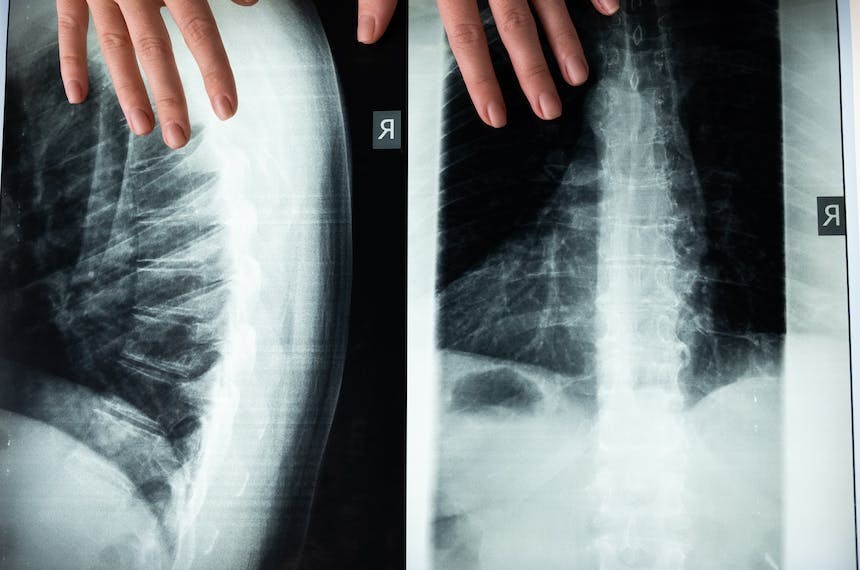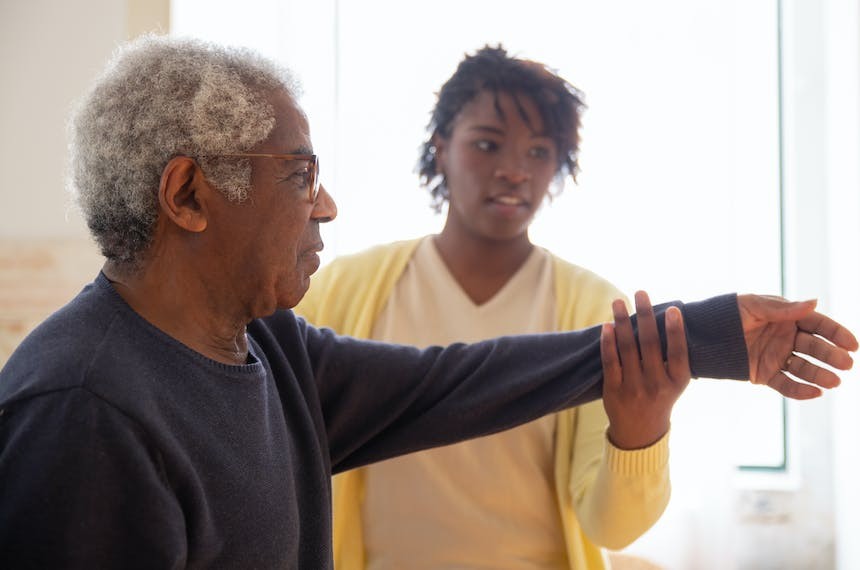
Spinobulbar muscular atrophy
Spinobulbar muscular atrophy (Kennedy disease [KD]) is an X-linked disorder, typically manifesting between ages 20-60.
Overview of Spinobulbar Muscular Atrophy (Kennedy Disease)
Spinobulbar muscular atrophy (Kennedy disease [KD]) is an X-linked disorder, typically manifesting between ages 20-60. It features slowly progressive weakness and atrophy in facial, bulbar, and limb muscles. KD is caused by an expansion of a CAG tandem repeat in the androgen receptor gene on chromosome Xq11-12. The disease often includes endocrine disturbances like gynecomastia, impaired spermatogenesis, and hormonal profiles indicative of androgen resistance.
Treatment and Management
Currently, there are no proven disease-modifying agents for KD. Treatment primarily focuses on symptomatic support, which includes physical therapy, speech therapy, and nutritional management.
Nutritional management is key in KD care, especially for those with bulbar involvement. Adjusting food consistency can enhance intake and prevent aspiration. In some cases, gastrostomy may be required for proper nutrition and aspiration risk reduction.
Research and Experimental Treatments
The androgen-dependent nature of KD has led to exploratory treatments with antiandrogen agents like leuprorelin. These have shown potential in improving some disease aspects, but results are mixed and such treatments should be confined to clinical trial settings. Further research is needed to establish their efficacy and safety.
Conclusion
While there are no definitive treatments for KD, ongoing research, particularly in the area of antiandrogen therapy, holds promise. Current management focuses on alleviating symptoms and maintaining quality of life through various supportive therapies.
References
1- Querin G, Sorarù G, Pradat PF. Kennedy disease (X-linked recessive bulbospinal neuronopathy): a comprehensive review from pathophysiology to therapy. Rev Neurol. 2017;173:326–37.
2-Querin G, Bede P, Marchand-Pauvert V, Pradat PF. Biomarkers of spinal and bulbar muscle atrophy (SBMA): a comprehensive review. Front Neurol. 2018;9:844.
3- Preisler N, Andersen G, Thogersen F, Crone C, Jeppesen TD, Wibrand F, Vissing J. Effect of aerobic training in patients with spinal and bulbar muscular atrophy (Kennedy disease). Neurology. 2009;72:317–23.
4- Katsuno M, Banno H, Suzuki K, Adachi H, Tanaka F, Sobue G. Molecular pathophysiology and disease-modifying therapies for spinal and bulbar muscular atrophy. Arch Neurol. 2012;69:436–40.
5- Banno H, Adachi H, Katsuno M, Suzuki K, Atsuta N, Watanabe H, Tanaka F, Doyu M, Sobue G. Mutant androgen receptor accumulation in spinal and bulbar muscular atrophy scrotal skin: a pathogenic marker. Ann Neurol. 2006;59:520–6.





